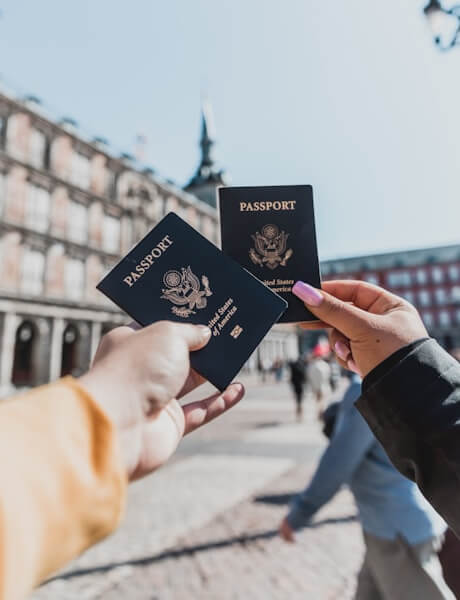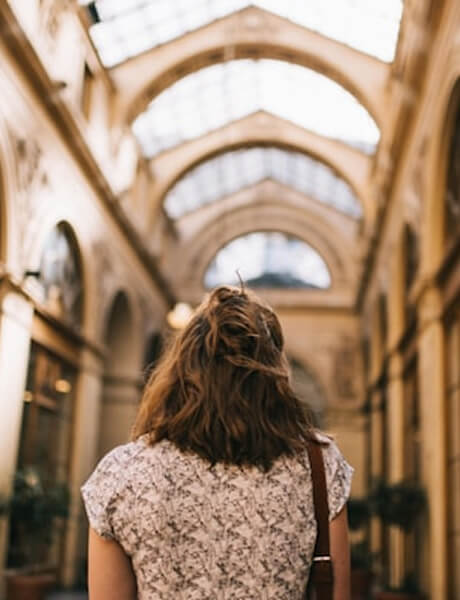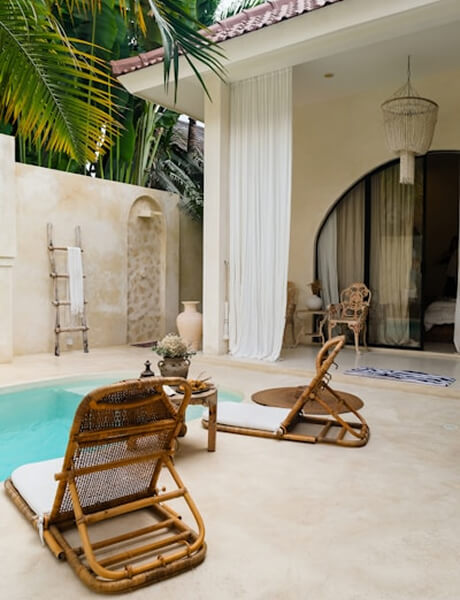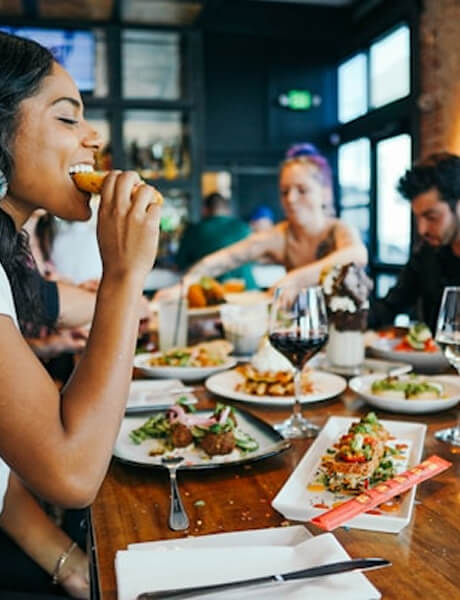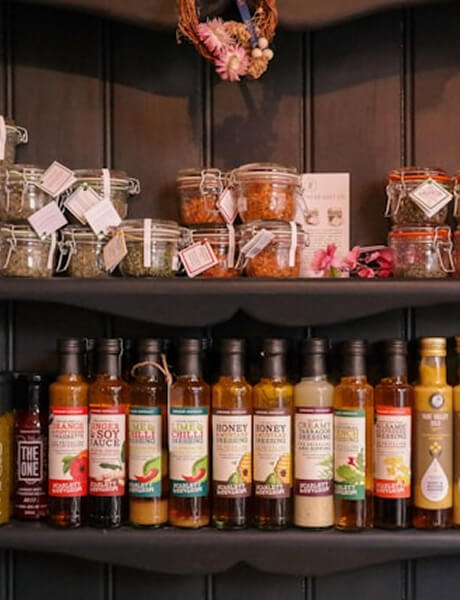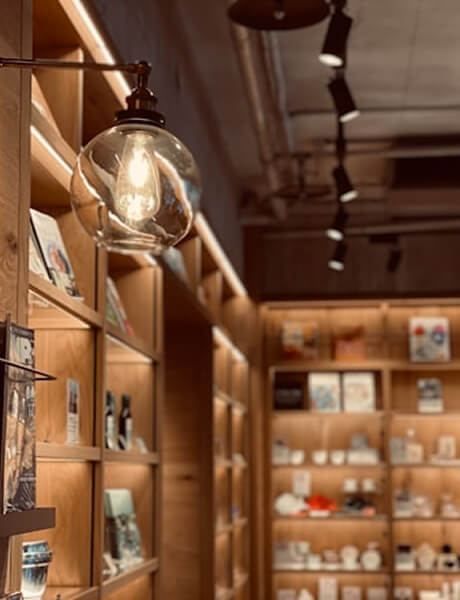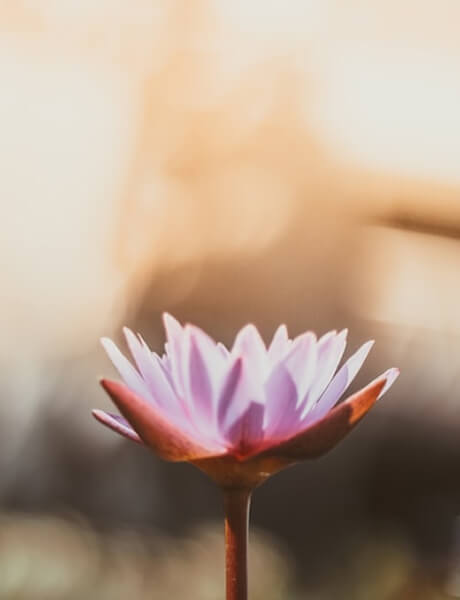
Travel guide Sri Lanka
The best time to go au Sri Lanka
Practical information for travel au Sri Lanka
What to see what to do au Sri Lanka?

Where to go au Sri Lanka?
The most beautiful tourist sites
Other au Sri Lanka destinations
Petit Futé's best addresses au Sri Lanka
Discover the most beautiful addresses selected by the authors of Petit Futé.
Featured articles du Sri Lanka

Where to go on safari in 2025 The best destinations
Published on 19/06/2025 Activities and experiences
Going on safari is the dream of many nature and wildlife lovers. Whether it's to observe the famous Big Five, follow the discreet trail of the leopard, or discover breathtaking landscapes, choosing...

Where to go for humanitarian aid? Top 11 destinations
Published on 25/03/2025 Activities and experiences
Going on a humanitarian mission is an experience that lets you discover a new country and new cultures, while helping people in need. Whether supporting education, health, the environment or community...

Where to go on vacation in August ? The best destinations in 2025
Updated on 06/02/2025 Ideas for holidays & weekend
Like every August, the summer vacations are in full swing, with more offers than ever. But where to go on vacation in August 2025 ? Here's a non-exhaustive selection of choice destinations, for vacations...
How to travel au Sri Lanka
How to go alone
Bandaranaike International Airport, north of Colombo, is currently the only international airport that handles flights to and from Europe. As solo travelers in Sri Lanka, beware of petty crime in tourist areas and avoid walking alone after dark. Also beware of sea currents which can be dangerous, so swimming alone and unsupervised is not recommended.
How to go on a tour
In addition to a motorized solution for your travel, tour operators often provide the services of a guide. He or she is responsible for ensuring that your trip goes as smoothly as possible, will allow you to communicate with the local population, and will of course give you explanations during site visits. It is customary to provide a tip for the driver as well as for the driver guide. The more you are numerous and the longer the stay, the more you will reduce the amount.
How to get around
It is easy to get around the island thanks to a dense railway network inherited from the colonial period. The trains are rather old and slow but still quite practical. Buses are more chaotic but some have air conditioning and are faster than the train. The best solution is to rent a car with a driver, especially since the rates are very reasonable. Finally, the main cities and tourist sites of Sri Lanka are well served by domestic flights.
Book your next trip with Kayak
Travel au Sri Lanka
Ideas for holidays and week-end breaks au Sri Lanka
Le Sri Lanka est une destination envoûtante qui offre une grande diversité de paysages, de sites et d'activités. La taille modeste de l'île permet au voyageur d'explorer les différentes facettes du pays lors de son séjour : les plages superbes du littoral, les montagnes parsemées de plantations de thé à perte de vue, les différents parcs nationaux abritant une faune et une flore préservées, les différents temples bouddhistes et hindous, les sites historiques, les villes à l'héritage architectural colonial... Si vous disposez de peu de temps, il est préférable de s'adjoindre les services d'une agence de voyage qui mettra à votre disposition un véhicule avec chauffeur et qui se chargera de réserver vos hébergements à tarifs préférentiels. De nombreux itinéraires sont possibles, à établir selon vos préférences. Voici quelques idées de circuit pour vous aider à planifier votre séjour dans l'île.
Services
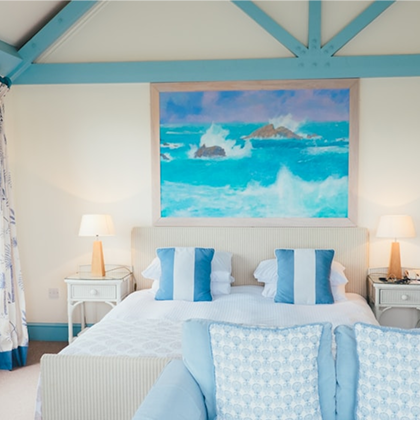
Find a hotel with Booking.com
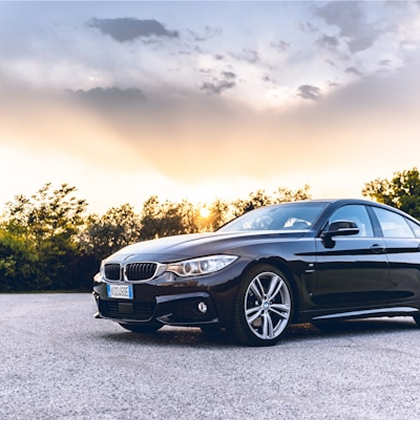
Rent a car with Bsp-auto

Create a blog and travel journal
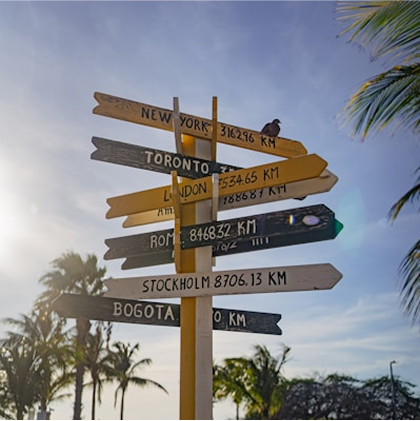
Find an agency with Quotatrip
Find unique holiday offers with our partners
Discover le Sri Lanka
Sri Lanka is a highly sought-after tourist destination, renowned not only for the diversity of its landscapes, but also for its rich culture, its many traditions and its multi-ethnic population. A land of beaches and mountains, rice paddies and tea plantations, it is also rich in history, where colonizers from India, Portugal, the Netherlands and Great Britain have left an important legacy in successive kingdoms. The island also boasts a wealth of flora and fauna, including superb national parks where visitors from all over the world flock to admire wild animals. This chapter presents the various facets of the "Emerald Tear", its eventful history, its ethnic, religious and cultural diversity, its gastronomy, but also its excellent tea, the quality of which is internationally recognized.
The 12 keywords au Sri Lanka
#Ayubowan
You'll often be greeted with the slightly solemn Sinhalese phrase for "good morning". This expression literally means "May you be blessed with a long life" and is usually pronounced with hands clasped in prayer. Tamils will greet you with " Vanakkam ", a sign of respect.

#Ayurveda
Originally a traditional Indian medicine, Sri Lanka has developed over the centuries its own techniques of this discipline which uses medicinal plants to heal. Many establishments offer cures, fitness sessions, massages... However, be careful about the quality of the treatments offered.
#Cargills Food City
Founded by William Miller and David Sime Cargill in 1844, this commercial chain, whose first establishment was in Colombo on York Street, now has a small supermarket
in every town and village on the island. Very practical and popular with tourists, the brand is undoubtedly part of the country's heritage.
#Cinghalais
They account for 75% of the population and are said to be the descendants of Prince Vijaya, who arrived from Bengal in the 6th century BC. The vast majority of Sinhalese are Buddhists. They are particularly proud to speak a language distantly derived from Sanskrit, Sinhalese, which is spoken by no one else in the world.

#Elephant
This pachyderm is the island's emblematic animal. During your stay, you can observe it in the wild in one of the country's many national parks or on the roadside. Bear in mind that these animals, despite their majestic serenity, can be unpredictable and dangerous. Don't approach them carelessly.
#Lipton
In 1890, Sir Thomas Lipton founded this brand, now internationally renowned for its teas from different countries. However, Ceylon was the birthplace of his first plantation, near Haputale in the Highlands. Previously considered a luxury product, he was able to democratize tea and make it accessible to all.
#LTTE
Liberation Tigers of Tamil Eelam. The memory of this Tamil organization is still fresh in the minds of the Sri Lankan people. Formed as a small army, financed mainly by European and Canadian Tamil immigrants, the LTTE enjoyed solid logistical support and even possessed a naval air fleet.
#Coconut
Coconut is ubiquitous in Sri Lankan daily life. Yellow coconut (king coconut) contains a refreshing juice, coconut milk and shredded coconut are used to make delicious dishes, and arrack, the national alcoholic beverage, is made by distilling fermented coconut blossom sap.

#Rice and curry
This is the country's most popular dish! It consists of a curry of meat, fish or seafood, a generous portion of rice, several vegetable curries offering different palettes of flavors and textures, all accompanied by papadum (a deep-fried cake made from bean flour) and condiments. A real delight.
#Sari
Women wear this colorful piece of cloth girded around the loins and draped over the shoulder. While modern Sri Lankan women, particularly in Colombo and Kandy, dress in Western style, the sari is still widely worn in the rest of the country. It is de rigueur for all official ceremonies, especially weddings.
#Tamoul
The word Tamil in French designates both a people and a language from southern India. The Tamils of Sri Lanka are either indigenous or descendants of Indian populations brought over by the British to work on the tea plantations. Mostly Hindu, they now account for around 15% of the population.

#Ceylon Tea
The tea produced on the island is one of its main treasures, and the plantations scattered across the hills of the Highlands offer exceptional scenery. However, the tea plant is not indigenous to the island: its cultivation was introduced in the 19th century by the British, who imported trees from northeast India.
You are from here, if...
If you remove your shoes before entering a temple, mosque or church, and if you keep your dress code correct (shoulders and knees covered).
If you are discreet in your displays of affection, as male-female relations in society are rather formal and dictated by reserve.
If you avoid broaching subjects relating to politics, religion or civil war, which could offend your interlocutors.
If you don't have a Buddha tattoo, which is strictly forbidden in Sri Lanka. If you do have one, it's best to hide it carefully.
If you don't turn your back on a Buddha statue, let alone take a selfie in a temple!
If you respect the ban on smoking in the street and in public places.
If you bring sweets to a dinner party, and not flowers or alcohol - except with your friends, of course!








